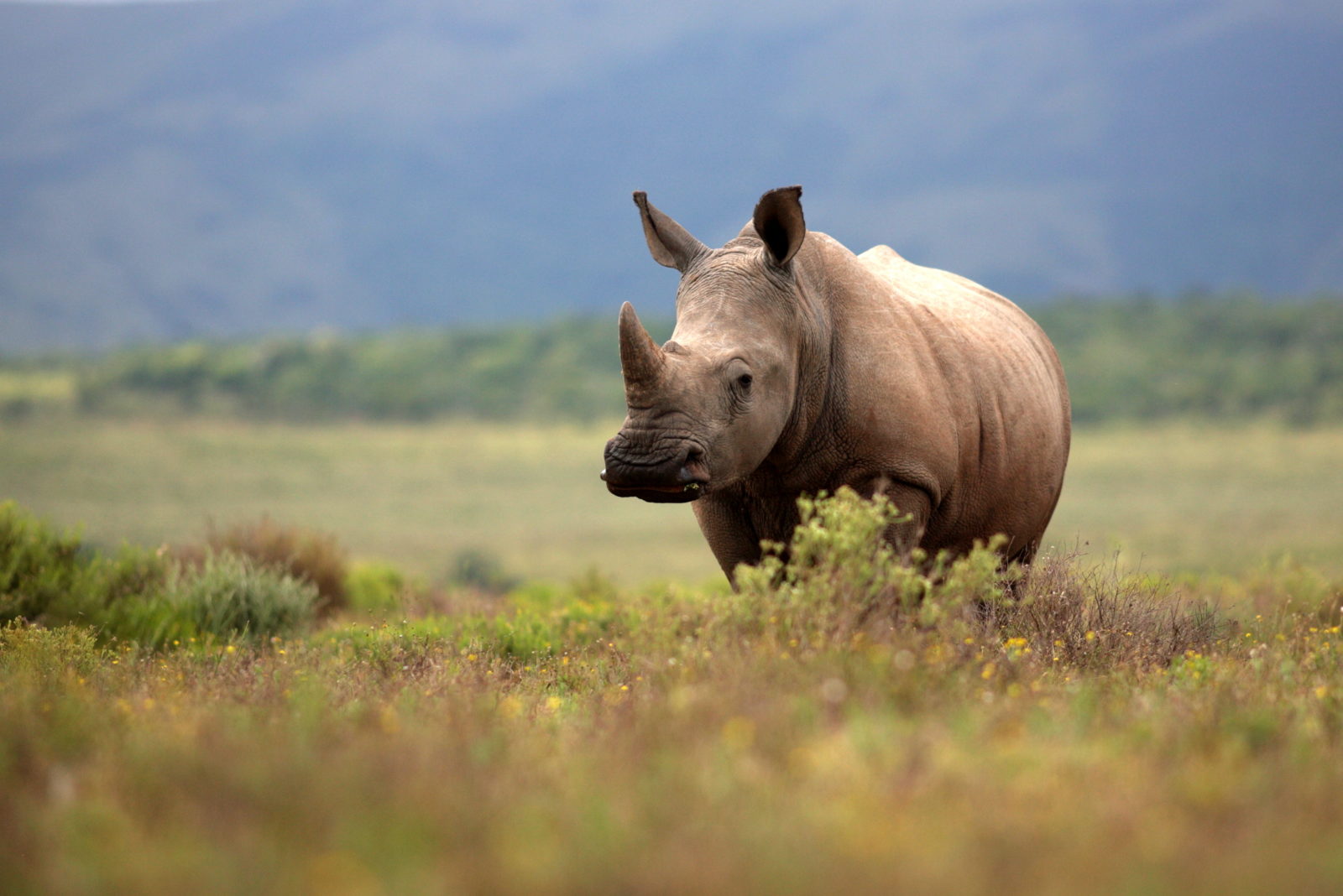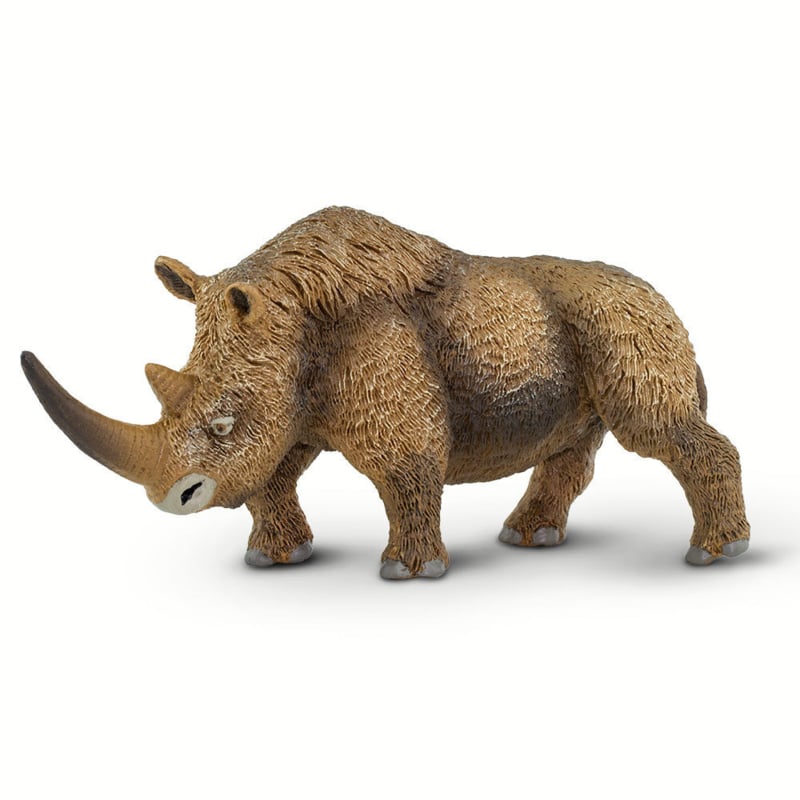Rhinoceros meaning: 1. A very large, thick-skinned animal from Africa or Asia that has one or two horns on its nose. What is the Sumatran rhinoceros? The two-horned Sumatran rhinoceros shares the bleak distinction of world’s most endangered rhino with its regional cousin, the Javan rhino, both species of which.
Rhinoceros
Rhino poaching in Assam is one of the major environmental issues in India which continues in the region of Kaziranga National Park, Manas National Park and some other grasslands of Assam. Indian rhinoceros inhabited most of the floodplain of the Indogangetic and Brahmaputra riverine tracts and the neighboring foothills.
In early days[edit]
Sport hunting became common in the late 1800s and early 1900s.[1] Indian rhinos were hunted relentlessly and persistently. Reports from the middle of the 19th century claim that some military officers in Assam individually shot more than 200 rhinos. By 1908, the population in Kaziranga had decreased to around 12 individuals.[2] In the early 1900s, the species had declined to near extinction.[1]
Poaching for rhinoceros horn became the single most important reason for the decline of the Indian rhino after conservation measures were put in place from the beginning of the 20th century, when legal hunting ended. From 1980 to 1993, 692 rhinos were poached in India. In India's Laokhowa Wildlife Sanctuary 41 rhinos were killed in 1983, virtually the entire population of the sanctuary.[3] By the mid-1990s, poaching had rendered the species extinct there.[4]
Methods of poaching[edit]
Five methods of killing rhinos have been recorded:[3]
- Shooting is by far the most common method used; rhino horn traders hire sharpshooters and often supply them with rifles and swords and ammunition.
- Trapping in a pit depends largely on the terrain and availability of grass to cover it; pits are dug out in such a way that a fallen animal has little room to manoeuvre with its head slightly above the pit, so that it is easy to saw off the horn.
- Electrocuting is used where high voltage powerlines pass through or near a protected area, to which poachers hook a long insulated rod connected to a wire, which is suspended above a rhino path.
- Poisoning by smearing zinc phosphide rat poison or pesticides on salt licks frequently used by rhinos.
- With a noose, which cuts through the rhino's skin and kills it by strangulation.
Reasons[edit]
Illegal rhino horn trade has been the main problem facing managers of the rhino-protected areas of Assam. According to research by Traffic (conservation programme) and World Wide Fund for Nature, some Vietnamese buyers believe horn to be a cure for cancer when ground to a fine powder. According to a survey conducted by World Wide Fund for Nature in South Africa, it is kept by wealthy people in Vietnam as a 'peace of mind' cure.


In 1993, rhino horn was removed from the official lists of Traditional Chinese Medicine. It is now only sold in Vietnam following an unsubstantiated rumour that horn cured a high-ranking official in Vietnam of cancer.[5][6]
Statistics[edit]
The following table shows the numbers of poached rhino in Assam since 1962:[7]
Rhino Cad Program
| Year | Kaziranga | Manas | Orang | Pobitora | Laokhowa | Other areas in Assam | Year-wise Total |
|---|---|---|---|---|---|---|---|
| 1962 | 1 | - | - | - | - | - | 1 |
| 1963 | 1 | - | - | - | - | - | 1 |
| 1964 | 0 | - | - | - | - | - | 0 |
| 1965 | 18 | 1 | - | - | - | - | 19 |
| 1966 | 6 | 0 | - | - | - | - | 6 |
| 1967 | 12 | 0 | - | - | - | - | 12 |
| 1968 | 9 | 0 | - | - | - | - | 9 |
| 1969 | 8 | 0 | - | - | - | - | 8 |
| 1970 | 2 | 0 | - | - | - | - | 2 |
| 1971 | 8 | 1 | - | - | - | - | 9 |
| 1972 | 0 | 0 | - | - | - | - | 0 |
| 1973 | 3 | 0 | - | - | - | - | 3 |
| 1974 | 3 | 0 | - | - | - | - | 3 |
| 1975 | 5 | 0 | - | - | - | - | 5 |
| 1976 | 1 | 4 | - | - | - | - | 5 |
| 1977 | 0 | 0 | - | - | - | - | 0 |
| 1978 | 5 | 1 | - | - | - | - | 6 |
| 1979 | 2 | 5 | 2 | 0 | 6 | 0 | 15 |
| 1980 | 11 | 0 | 3 | 0 | 1 | 3 | 18 |
| 1981 | 24 | 2 | 2 | 0 | 6 | 4 | 38 |
| 1982 | 25 | 1 | 5 | 0 | 5 | 8 | 44 |
| 1983 | 37 | 3 | 4 | 0 | 41[3] | 7 | 92 |
| 1984 | 28 | 4 | 3 | 4 | 0 | 6 | 45 |
| 1985 | 44 | 1 | 8 | 2 | 0 | 1 | 56 |
| 1986 | 45 | 1 | 3 | 0 | 0 | 4 | 52 |
| 1987 | 23 | 7 | 4 | 2 | 0 | 7 | 43 |
| 1988 | 24 | 1 | 5 | 4 | 1 | 9 | 44 |
| 1989 | 44 | 6 | 3 | 3 | 3 | 8 | 64 |
| 1990 | 35 | 2 | 0 | 2 | 0 | 6 | 45 |
| 1991 | 23 | 3 | 1 | 1 | 0 | 1 | 29 |
| 1992 | 49 | 11 | 2 | 3 | 0 | 2 | 67 |
| 1993 | 40 | 22 | 1 | 4 | 0 | 3 | 68 |
| 1994 | ? | ? | ? | 4 | ? | ? | 14 |
| 1995 | ? | ? | ? | 2 | ? | ? | 27 |
| 1996 | ? | ? | ? | 5 | ? | ? | 26 |
| 1997 | ? | ? | ? | 3 | ? | ? | 12 |
| 1998 | 8 | ? | ? | 4 | ? | ? | 12 |
| 1999 | 4 | ? | ? | 6 | ? | ? | 10 |
| 2000 | 14 | ? | ? | 2 | ? | ? | 15 |
| 2001 | 9 | ? | ? | ? | ? | ? | 10 |
| 2002 | 5 | ? | ? | ? | ? | ? | 6 |
| 2003 | 6 | ? | ? | ? | ? | ? | 8 |
| 2004 | 5 | ? | ? | ? | ? | ? | 5 |
| 2005 | 12 | ? | ? | ? | ? | ? | 15 |
| 2006 | 6 | ? | ? | ? | ? | ? | 9 |
| 2007 | ? | ? | ? | ? | ? | ? | 20 |
| 2008 | ? | ? | ? | ? | ? | ? | 16 |
| 2009 | ? | ? | ? | ? | ? | ? | 14 |
| 2010 | ? | ? | ? | ? | ? | ? | 18 |
| 2011 | ? | ? | ? | ? | ? | ? | 8 |
| 2012 | ? | ? | ? | ? | ? | ? | 26 |
| 2013 | ? | ? | ? | ? | ? | ? | 28 |
| 2014 | 35 | 3 | ? | ? | ? | ? | 38 |
| 2015 | 3 | ? | ? | ? | ? | ? | 3 |
| 2016 | 19 | 1 | ? | ? | ? | ? | 20 |
Preventive measures taken by Government[edit]
Dehorning rhinos[edit]
The forest department of Assam took a proposal of dehorning rhino to save it from poachers on February, 2014.[8] The Government of Assam also called for public opinion by a committee headed by the Principal Chief Conservator of Forest (Wildlife) could take a decision. But many environmentalists and NGO's oppose the proposal.[9] The final decision of the committee is not declared till May, 2014.
See also[edit]
Rhinoceros Iguana
References[edit]
- ^ abTalukdar, B. K.; Emslie, R.; Bist, S. S.; Choudhury, A.; Ellis, S.; Bonal, B. S.; Malakar, M. C.; Talukdar, B. N. Barua, M. (2008). 'Rhinoceros unicornis'. IUCN Red List of Threatened Species. 2008: e.T19496A8928657. doi:10.2305/IUCN.UK.2008.RLTS.T19496A8928657.en.CS1 maint: multiple names: authors list (link)
- ^Laurie, W.A.; Lang, E. M.; Groves, C.P. (1983). 'Rhinoceros unicornis'(PDF). Mammalian Species. American Society of Mammalogists (211): 1–6. doi:10.2307/3504002. JSTOR3504002. Archived(PDF) from the original on 9 April 2016. Retrieved 1 June 2013.
- ^ abcMenon, V. (1996) Under siege: Poaching and protection of Greater One-horned Rhinoceroses in IndiaArchived 30 October 2012 at the Wayback Machine. TRAFFIC India
- ^Foose, T. & van Strien, N. (1997). Asian Rhinos – Status Survey and Conservation Action Plan(PDF). IUCN, Gland, Switzerland, and Cambridge, UK. ISBN2-8317-0336-0. Archived(PDF) from the original on 15 July 2011. Retrieved 1 June 2013.
- ^Pederson, Stephanie. 'Continued Poaching Will Result in the Degradation of Fragile Ecosystems'. The International. Archived from the original on 28 January 2013. Retrieved 31 January 2013.CS1 maint: discouraged parameter (link)
- ^''Dehorning not the solution to rhino poaching''. 15 March 2014. Archived from the original on 15 March 2014. Retrieved 15 March 2014.CS1 maint: discouraged parameter (link)
- ^Forest Department of Assam
- ^'Assam to dehorn rhinos to save them'. Archived from the original on 9 May 2015. Retrieved 11 June 2014.CS1 maint: discouraged parameter (link)
- ^'Environmentalists oppose Assam govt's move to dehorn rhino'. The Times of India. 6 March 2014. Archived from the original on 9 March 2014. Retrieved 11 June 2014.CS1 maint: discouraged parameter (link)
